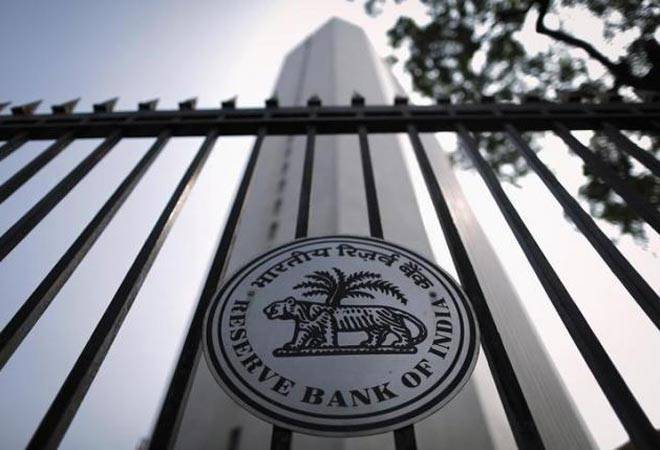The Reserve Bank of India has allowed lenders to extend a moratorium offered on repayments until August 31, it said following an unscheduled meeting on Friday. The regulator had first announced a three-month moratorium on repayments for term loans and working capital in March.
The extended moratorium is part of a series of steps announced to help reduce strain on the financial system due to the Covid crisis. In its statement, the RBI said:
- It has been decided to permit lending institutions to extend the moratorium on term loan installments by another three months, till August 31, 2020.
- Deferment of interest on working capital facilities has also been permitted.
- The moratorium period will be excluded from the classification of non-performing assets. As such, a company availing of the moratorium will not be classified as a bad loan until August 31.
- The period of moratorium is also being excluded from the rule that requires banks to set aside additional provisions if a stressed account is not resolved within 210 from first default.
- In the case of interest accrued on working capital credit, banks can covert this into a new funded term loan which must be repaid with this financial year.
- As companies face difficulty in raising capital from the market, the RBI has increased the group exposure limit for banks from 25 percent of their eligible capital base to 30 percent. This will be applicable up to June 30, 2021.
Impact Of Extended Moratorium
India’s private lenders have seen about a third of their loan books go under the three-month loan moratorium offered for payments due between March and May. India Ratings and Research estimated that banks may see fresh bad loans of Rs 5.5 lakh crore in FY21, taking total non-performing assets to Rs 14 lakh crore, or close to 14 percent of total loans.
State Bank of India too has seen 30 percent of loans go under moratorium, chairman Rajnish Kumar said on Friday. Customers are seeking moratorium not just due to cash flow issues but also to conserve resources, he said.While banks have seen relief due to the moratorium, non-bank lenders have found themselves in a spot. Customers of NBFCs and HFCs have been provided a moratorium but banks have been reluctant to extent relief on NBFC borrowings.
Kumar said that SBI would continue to adopt a selective “case-by-case” process in extending moratorium to non-bank lenders.
We must keep in mind that many NBFCs are seeing an improvement in their collections. There are also measures announced by the government and the RBI to provide NBFCs with required liquidity. These measures should be enough to support their needs.
Rajnish Kumar, Chairman, SBI
Measures To Support Importers, Exporters
The regulator also announced steps to help the export-import sector.
- Banks have been allowed to increase the maximum permissible period of pre-shipment and post-shipment export credit from the existing one year to 15 months. This is applicable for disbursements made up to July 31, 2020.
- The time period for completion of remittances against imports into India has been increased from six months to twelve months. This is applicable for imports made on or before July 31, 2020.
- To ensure that EXIM Bank is adequate funded, the RBI has been decided to extend it a line of credit of Rs 15,000 crore for a period of 90 days. This credit can be rolled over up to a maximum period of one year. This line of credit will help EXIM Bank avail a US dollar swap facility to meet its foreign exchange requirements, the RBI said.
Relief For States
In providing additional relief to states, which are also facing a cash crunch due to declining revenue, the RBI has relaxed the guidelines for use of the consolidated fund.
- The RBI has relaxed the rules governing withdrawal from the Consolidated Sinking Fund maintained by states with the central bank.
- This will enable States to meet a larger proportion of their redemption of market borrowings falling due in the current financial year from the CSF.
- These relaxations to states will release an additional amount of about Rs 13,300 crore.
The RBI has already increased the limit for ways and means advances for states by 60 percent to meet short-term cash flow mismatches. The government has increased the borrowing limit for states as well, albeit with conditions attached.
SOURCE – www.bloombergquint.com [OWNER]


